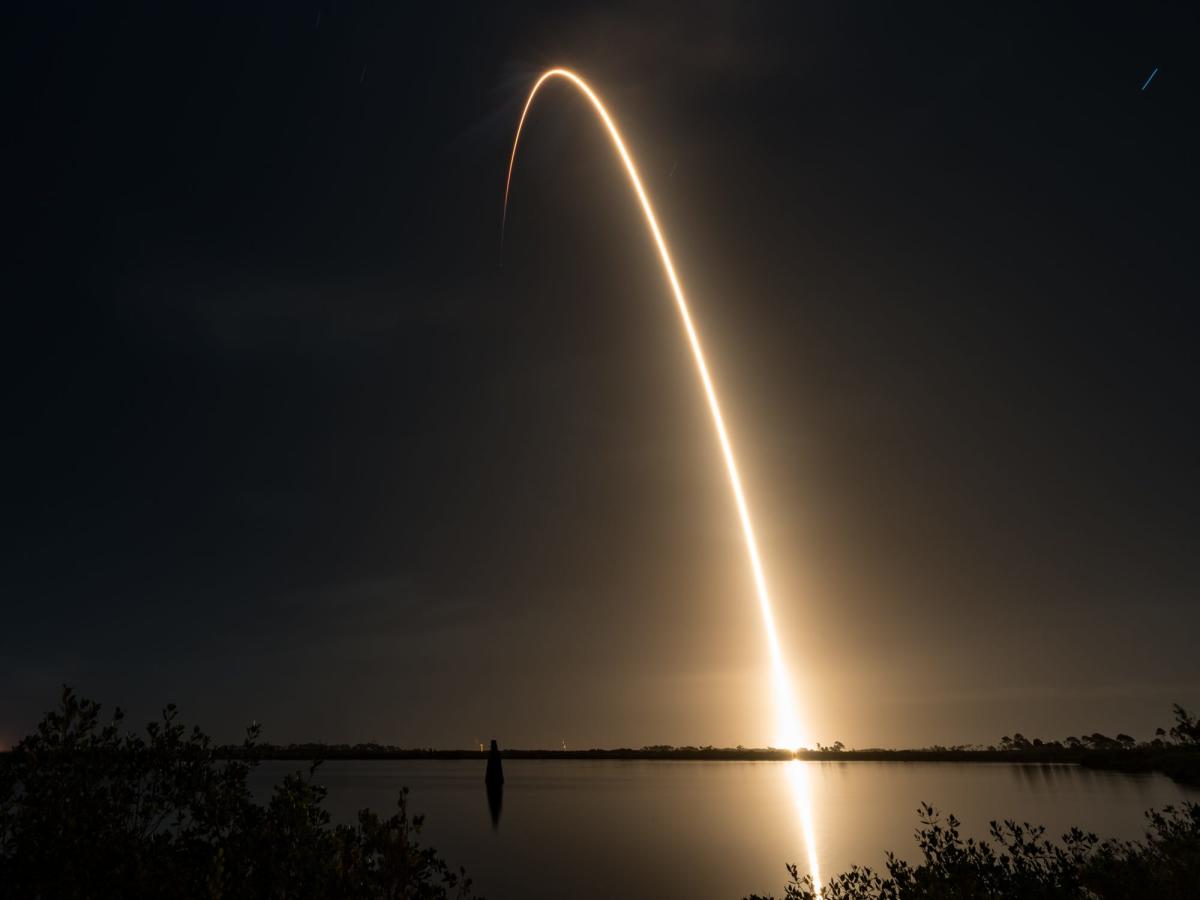By Will Dunham
WASHINGTON (Reuters) – Stars the size of our sun are not the most common in the Milky Way. Much smaller stars are much more common – and within them are the rockiest planets in the Milky Way, the type that come into focus when scientists search for worlds that could harbor life.
New research provides insight into the formation of planets around these small stars, so-called very low mass stars (VLMS), and shows how the chemistry in the planet-forming disks of gas and dust surrounding them differs substantially from such disks that surround stars like the sun are observed. .
The James Webb Space Telescope has collected data on a planet-forming – protoplanetary – disk around a newborn star called ISO-ChaI 147. Its mass is about 11% that of the Sun, its diameter about 43% and its brightness about 2% . %.
ISO-ChaI 147 is located approximately 625 light-years from Earth. A light year is the distance light travels in a year, 5.9 trillion miles (9.5 trillion km).
Webb’s observations showed that the gas in this star’s protoplanetary disk – ingredients for future planets – is carbon-rich and contains no evidence of water vapor, unlike the oxygen-rich gas and abundant water vapor in such disks around newborn Sun-like stars.
Could this difference affect the future habitability of rocky planets that form around these small stars?
“Among other things, a planet mainly needs water to be in a liquid state and to have a suitable atmosphere to be habitable,” says astrophysicist Aditya Arabhavi of the University of Groningen, lead author of the study published on Thursday in the journal Science.
“While we might expect that the different environments of VLMS disks would have a strong influence on the composition of the planets and thus on their habitability, it is difficult to predict whether this makes them less likely to be habitable,” Arabhavi said.
Stars are formed when dense clumps of interstellar gas and dust collapse under their own gravity. Once a star emerges from the center of such a cloud, the leftover material forms a swirling disk around it that fuels star growth and often gives rise to planets.
The disks around nascent Sun-sized stars contain much more material than those around smaller stars, making these larger stars more likely to form gas giant planets around them, like the Sun has Jupiter and Saturn.
“They are the most abundant stars in our Milky Way,” astrophysicist and study co-author Thomas Henning of the Max Planck Institute for Astronomy in Germany said of very low-mass stars.
‘These objects are currently being targeted in the search for rocky planets because they are easier to find around such stars. Furthermore, the masses of their planet-forming disks are generally too small to form giant planets, but large enough to form rocky planets. planets,” Henning said.
Scientists have already identified rocky planets orbiting very low-mass stars, including some in the ‘habitable zone’ – an orbital distance from a star where a planet can experience conditions that support life.
“I would expect that the planets would remain habitable if they are in the zone where liquid water can exist,” Henning said.
ISO-ChaI 147 is still in its infancy and may eventually develop into a type of very low-mass star called a red dwarf. The star’s diameter is only about four times larger than that of Jupiter. The diameter of our sun is about 10 times larger than that of Jupiter.
Webb, which became operational in 2022, also discovered ethane in the protoplanetary disk of ISO-ChaI 147 – the first time it has been detected outside our solar system – and other carbon-rich gases never before found in such a disk.
“Webb is certainly helping us by providing invaluable data that was never possible before,” Arabhavi said. ‘Although previous studies with the (now retired) Spitzer Space Telescope indicated that these planet-forming disks around VLMS are different from the disks around Sun-like stars, it was not known that these sources are not just slightly different, but different from all observed solar rays. -like star so far in terms of gas composition.”
(Reporting by Will Dunham; Editing by Daniel Wallis)







